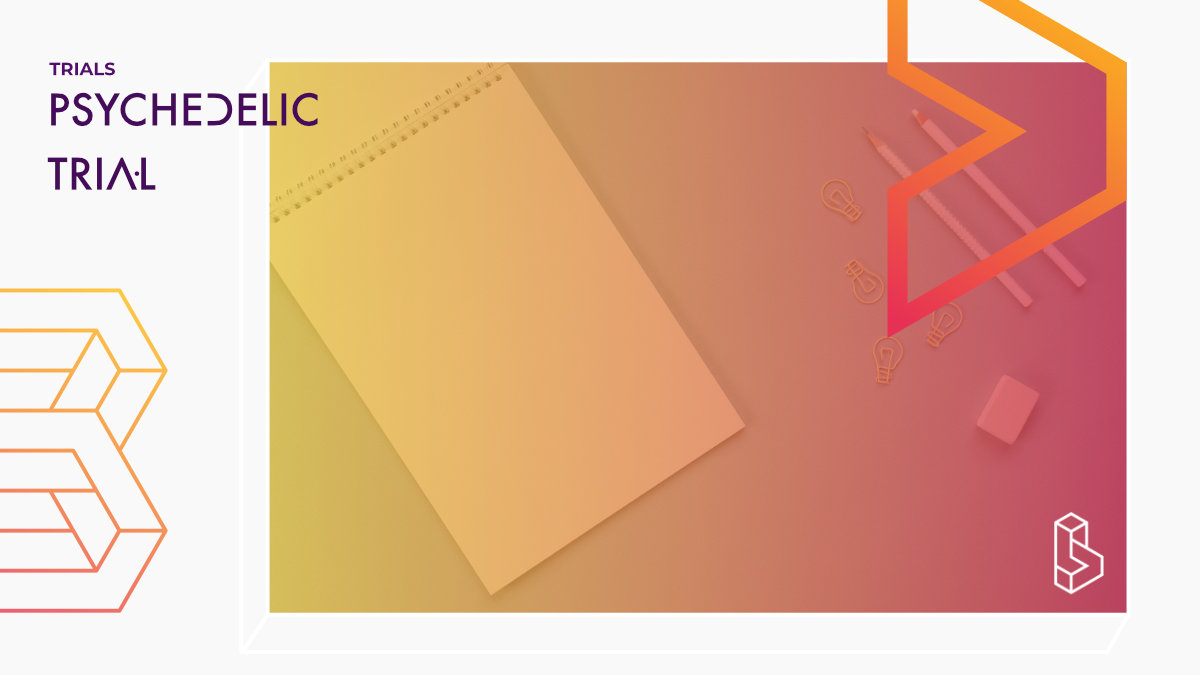This randomised, double-blind, placebo-controlled trial (n=175) will investigate the efficacy of stellate ganglion block (SGB) and ketamine infusion, both separately and in combination, in treating post-traumatic stress disorder (PTSD) and traumatic brain injury (TBI)-associated headaches.
The study, sponsored by Northwestern University, aims to determine whether these interventions can provide relief for military personnel and veterans who have sustained injuries in conflicts.
Participants will be randomly assigned to one of four groups, receiving either SGB with bupivacaine, ketamine infusion, a combination of both, or placebo treatments. The primary outcomes will be assessed using the Headache Impact Test (HIT-6) and PTSD Checklist (PCL-5) at four weeks, with further follow-ups at eight and twelve weeks for responders. Additional exploratory measures, including neuroimaging and biomarker analysis, will be conducted to identify factors associated with treatment success. The study is expected to run from February 2025 to April 2028, with sites in the United States and Ukraine.
Trial Details
Post-Traumatic Stress Disorder (PTSD) and traumatic brain injury (TBI) with associated headache are amongst the most common injuries sustained by our deployed forces in Iraq and Afghanistan, as well as in more recent conflicts in Eastern Europe and the Middle East. This study aims to determine whether a procedural intervention (stellate ganglion block (SGB)) or medication (ketamine), alone or in combination, can alleviate PTSD and TBI-associated headache. Determining efficacious treatments in a randomized, double-blind, placebo-controlled, multicenter study trial may improve quality of life in those with TBI and PTSD, and identifying factors associated with treatment outcome (personalized medicine) may enhance selection, thereby improving the risk: benefit and cost-effectiveness ratios. Primary Objectives: 1. To determine the efficacy of SGB and ketamine infusion as stand-alone treatments for TBI-related headache; 2. To determine the efficacy of SGB and ketamine infusion as stand-alone treatments for PTSD; 3. To determine the comparative effectiveness of SGB and ketamine infusion, and the effect of combination treatment on TBI-related headache and PTSD; 4. Exploratory Aim 1: To determine the effects of SGB, ketamine infusion, and the combination on structural and functional MRI, biomarker levels and pain thresholds and tolerance; 5. Exploratory Aim 2: To identify factors associated with treatment responders overall and for individual treatment groups. Secondary Objectives: 1. Exploratory Aim 1: To determine the effects of SGB, ketamine infusion, and the combination on structural and functional MRI, biomarker levels and pain thresholds and tolerance (Biomedical levels and MRI not included at Northwestern University Site). 2. Exploratory Aim 2: To identify factors associated with treatment responders overall and for individual treatment groups.Trial Number NCT06608277
Sponsors & Collaborators
Northwestern UniversityThis company doesn't have a full profile yet, it is linked to a clinical trial.

